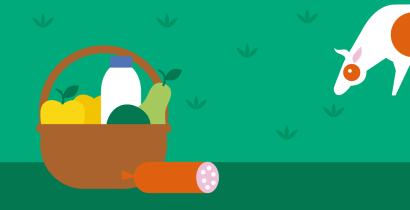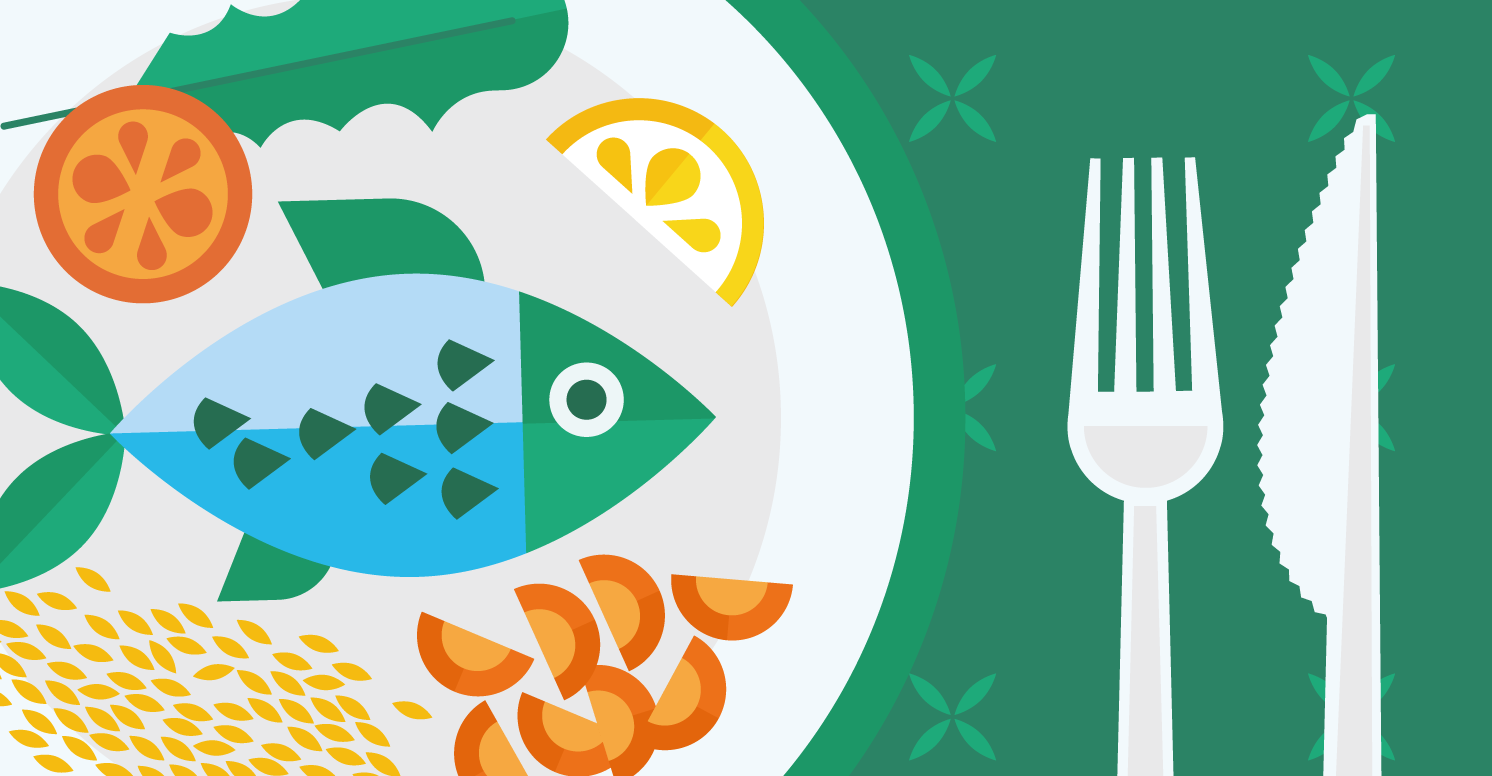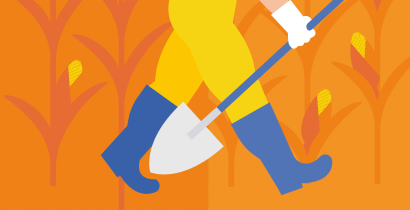Uses of Water in Food Production and Processing
Last Updated : 01 February 2015Water is routinely used in food production as an ingredient, for cleaning, sanitation and manufacturing purposes. This article discusses the sources, treatments and uses of water by food businesses, and the importance of maintaining a safe water supply to ensure production of safe and quality foods.
Water quality
In Europe, the food industry is required to have an adequate supply of drinking water (i.e. potable water) available for use in food production to ensure foods are not contaminated.1 Drinking water is water fit for human consumption (e.g. drinking, cooking and food preparation) and in principle must be free from microorganisms and other contaminants that may endanger public health.2
Water source
Drinking water is supplied to the food industry either publicly by local government authorities or privately by the food business itself. Across Europe the majority of drinking water supplied to the food industry, comes from public supplies. However, the source of the water used to supply the drinking water can come from a variety of sources including surface water (e.g. streams, rivers, and lakes), groundwater (e.g. natural springs, wells), rainwater and seawater (treated at a desalination plant).
It is the source of water which generally determines the quality of the water and if treatment of the water is required to ensure it meets drinking water standards and is safe to be used in food production (i.e. safe for human consumption).
Water treatment
Water treatment processes remove pathogens and impurities that may otherwise be harmful to human health or aesthetically unpleasant. Treatment processes vary depending on the source water. But typically, an absorbent material is added to the water to bind dirt and form heavy particles that settle to the bottom of a water storage tank. The water is then filtered to remove even smaller particles. Finally, a small amount of disinfectant (e.g. chlorine), at a level safe for human consumption, may be added to kill any remaining microorganisms.
The provision and treatment of private water supplies used by the food industry is the responsibility of the specific food business using the supply. Typically private water supplies will require treatment and ongoing verification following treatment (e.g. laboratory testing) to ensure they are fit for human consumption and can be used in food production.3
Water use
There are four broad uses of water in food production:
- Primary production (e.g. farming),
- Cleaning and sanitation,
- As an ingredient or component of an ingredient,
- Processing operations (e.g. heating, refrigeration).
The biggest use of water is in primary crop production (e.g. vegetables) where it is used for irrigation purposes.3 Livestock farming (e.g. dairy farming) also requires large volumes of water for watering of livestock (i.e. drinking) and general hygiene of the animals and equipment (e.g. cleaning and sanitation of milking equipment).
Clean seawater (i.e. seawater that does not contain pathogens or other harmful contaminants in quantities capable of affecting food safety) is non-potable, but is permitted for use in processing operations such as washing whole fishery products and shellfish.1
The reuse of water through recycling is becoming an increasingly vital component of food processing as a means to conserve water, reduce costs and provide security of water supplies.3,4 Under current legislation recycled water can be used in food processing or as an ingredient but should be the same standard as drinking water.1
In some circumstances non-drinking water (i.e. non-potable) is used by the food industry (e.g. for fire control, steam production). In these instances the water should be clearly identified as non-drinking water and not connect or mix with the drinking water supply used directly in food production.1
Conclusion
The rules governing food safety include requirements for adequate supplies of safe drinking water for use in food production.1,2 As such the safety of water supplies directly affects the safety of food. Therefore, food businesses should follow good-sense practices when considering the source, treatment and intended use of water in food production to ensure the quality and safety of the foods produced.
References
- European Commission (2004). Regulation (EC) No 852/2004 of the European Parliament and of the Council of 29 April 2004 on the hygiene of foodstuffs.
- European Union (1998). Council Directive 98/83/EC of 3 November 1998 on the quality of water intended for human consumption.
- Kirby RM, Bartram J & Carr R (2003). Water in food production and processing: quantity and quality concerns. Food Control 14(5):283-299.
- International Life Sciences Institute (ILSI) Europe Expert Group on Water Safety (2008). Considering water quality for use in the food industry. Brussels, Belgium: ILSI


